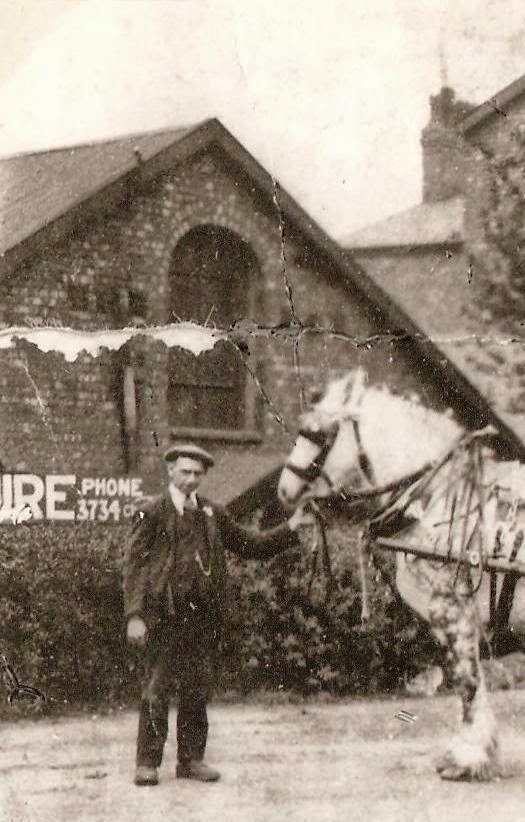I like silly history.
By which I mean the stuff that serious historians might well dismiss as trivial, but which offers up insights into how we lived and if you are lucky zips you off down all sorts of different twisty turny paths.
And this bit of cinema history does just that.
Last year Brian Norbury posted it on social media with the comment “Found behind a fuse board I was replacing. How did people rent films in 1944?”
Now as someone who rented old fashioned reel to reel films back in the 1970s I was drawn in, and while I thought there might well have been a market for such things in 1944, I thought it might be more likely that this was a trade paper for independent cinemas.
And a trawl of the internet revealed that the Daily Renter was “The most widely read Daily Film Newspaper in Great Britain" and “reaches every Producer, Distributer, and Exhibitor in the United Kingdom at the breakfast table every morning”.*
The same search brought up a link to
The British Entertainment History Project which
“has been recording the stories of men and women working in the UK film, television, theatre, and radio industries to ensure that information on their lives and experiences is preserved for future generations. These interviews tell us about the challenges these people had to overcome, the skills they employed, and the enduring human relationships they forged as Britain developed into one of the world’s major centres of the film and television industries.
Consisting of more than 700 recordings so far, it is one of the most extensive audio-visual archives of its kind in the world.
For students, researchers, and members of the public alike, it offers a unique insight and a link to a time when we made some memorable films and groundbreaking television programmes.”**
And one of those recordings was a fascinating sound interview with Harold Myers, who talked about his career as a journalist from the 1930s into the 1980s, writing about and for the cinema, including a stint on the Daily Renter.
So, having gone down several by ways I turned back to the fuse box edition of The Daily Renter.
It was published on Monday July 24th and carried pictures of 24 Hollywood stars, and to my surprise I could tick off a full fourteen who I not only knew but had seen at least one of their films.
Equally interesting was page 12 which featured Days of Glory, a new film in production by RKO, which the Daily Renter commented “had discovered many potential stars” for the film.
It was released later in 1944 and told the story of a group of Soviet partisans fighting the German invasion of USSR in 1941, and marked the film debut of Tamara Toumanova and Gregory Peck, as well as most of the other principal actors.***
I can’t say I have ever seen the film but occasionally clips do pop up and no doubt as the war continued through its fifth year and into final one, Days of Glory might have been expected to be a tool in the propaganda battle.
Alas some critics complained it was too wordy and lacked enough action scenes, and according to one source the film recorded a loss of $593, 0000.***
So there you have it, leaving me just to thank Brian for posting his little bit of 1944 film history.
And after the story went live, Brian came back with two more pages which I couldn't resist including.
Ladies Courage had come out in February 1944, which told the story of the Women's Auxiliary Ferrying Squadron formed in the United States during World War II.
It received poor reviews from the critics and worse still when a group of WASPS pilots saw the film, they, were astonished at the soap-opera histrionics exhibited by the characters on screen and immediately dubbed the film
"Ladies Outrageous"To which one article has added "More recent evaluations ranged from a lukewarm Leonard Maltin review - "Well-meant idea fails because of hackneyed script and situations' to noted aviation film historian Bruce Orriss, who dismissed the film as '... little more than an embarrassment to the members of this earnest group of pilots.'"****
Location; behind Brian’s fuse box
Pictures; pages from The Daily Renter, 1944, courtesy of Brian Norbury
*Advert for The Daily Film Renter, 1936
** The British Entertainment History Project, http://historyproject.org.uk/content/about-us
***Days of Glory, https://en.wikipedia.org/wiki/Days_of_Glory_%281944_film%29
****Ladies Courageous, https://en.wikipedia.org/wiki/Ladies_Courageous















.jpg)

.jpeg)
.jpeg)














.jpeg)
















